With tons of movies being made, like Gladiator(2000) and Pompeii(2014) , on ancient Rome, people are bound to have some misconceptions about these armed combatants. Since Hollywood deals in cliche, we see them following same old tried-and-tested blueprints to make successful films, despite them being far from the truth. Here’s a list of some of the misconceptions one might’ve had about gladiators, based on our perception of the ancient city. Let us know the 10 Myths About Gladiators.
10. Status

Myth : Gladiators were uncivilized brutes.
Fact : They often became celebrities and a sex symbol, and won massive fame among the lower classes. Their portraits graced the walls of many public places; children played with gladiator action figures made of clay; and the most successful fighters even endorsed products just like the top athletes of today. Many women wore hairpins and other jewelry dipped in gladiator blood, and some even mixed gladiator sweat—then considered an aphrodisiac—into facial creams and other cosmetics.
9. Participants

Myth : Only gladiators were allowed to participate in the fights
Fact : Several rulers performed in the arena, though most likely under highly controlled conditions or with dull blades. Hosting gladiator games was an easy way for Roman emperors to win the love of the people, but a few like including Caligula, Titus and Hadrian— took it a step further and actually participated in combat.
8. Trade Unions
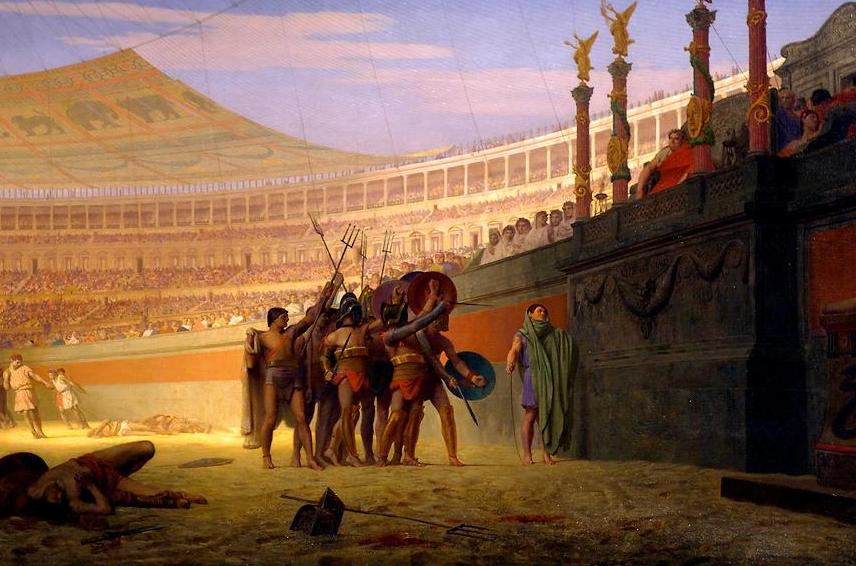
Myth : Gladiators were self-serving.
Fact : The gladiators viewed themselves as a kind of brotherhood, and some even organised into unions with their own elected leaders and protector deities. When a warrior fell in battle, these groups would ensure that their comrade received a proper funeral and grave inscription honoring his achievements in the arena. If the deceased had a wife and children, they would also see that the family received monetary compensation for their loss.
7. Gender
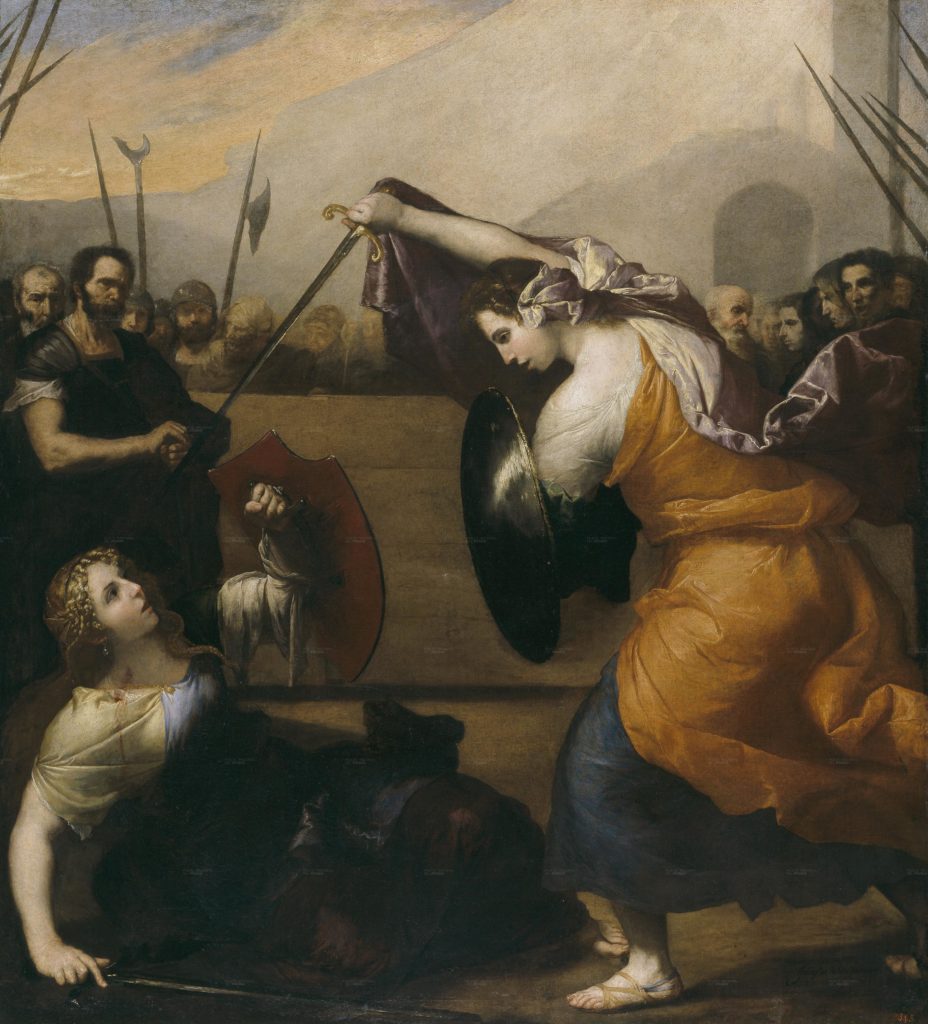
Myth : Only men fought as gladiators.
Fact : Historians are not sure when women first suited up to fight as gladiators, but by the 1st century A.D. they had become a common fixture at the games. Female slaves were regularly condemned to the arena alongside their male counterparts, but some citizens fought of their own free will. These lady warriors may not have been taken seriously in the patriarchal Roman culture, but a few appear to have proven themselves in single combat.
6. Animals
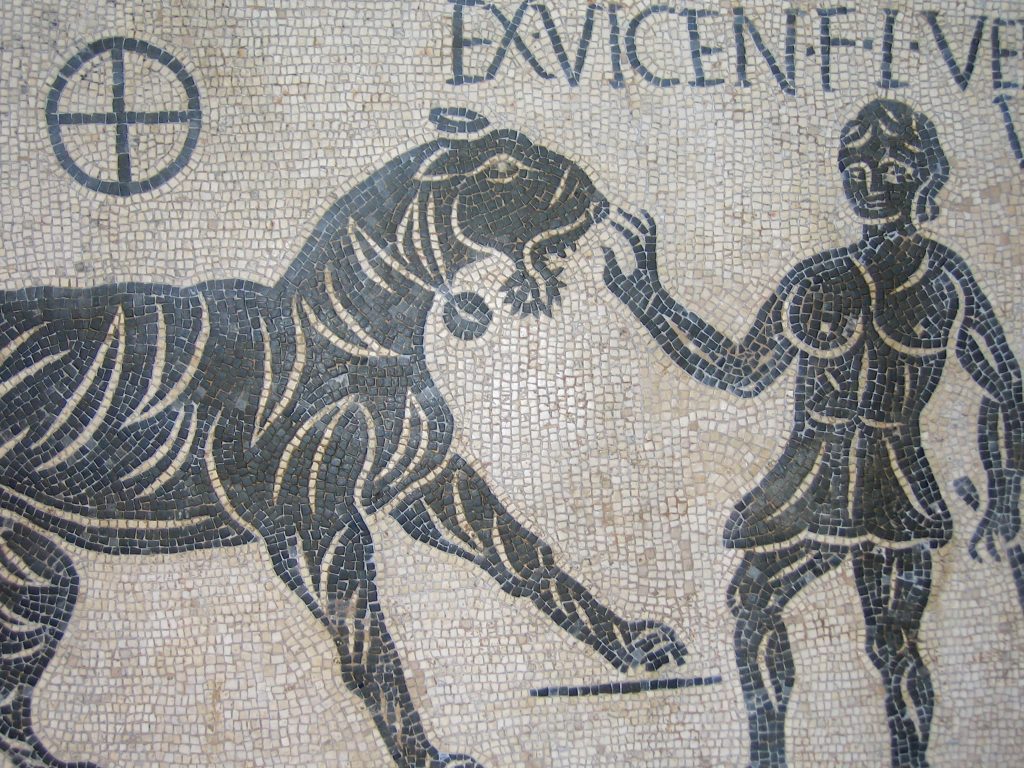
Myth : They fought against animals.
Fact : Animal fights were reserved for “venatores” and “bestiarii”, the special class of warriors who fought against everything from deer and ostriches to lions, crocodiles, bears and even elephants. It was uncommon for the gladiators to be involved in these fights.
5. Classes

Myth: It was a freewheeling battle to death.
Fact : By 80 A.D. , gladiator games had evolved into a well-organised blood sport. Fighters were placed in classes based on their record, skill level and experience, and most specialized in a particular fighting style and set of weaponry. The most unusual class of gladiators was the “retiarius,” who was armed with only a net and a trident. These warriors tried to ensnare their opponents with their net before moving in for the kill, but if they failed, they were left almost entirely defenseless.
4. Gestures

Myth: “Thumbs down” gesture meant death.
Fact : The sign of death may actually have been a thumbs up. Whereas a thumbs down, closed fist with two fingers extended and waving a handkerchief might have signaled mercy. The fate of gladiators was usually left in the hands of spectators. Whatever the gesture was used, if the crowd willed it, the victorious gladiator would then stab his opponent in the heart.
3. Death
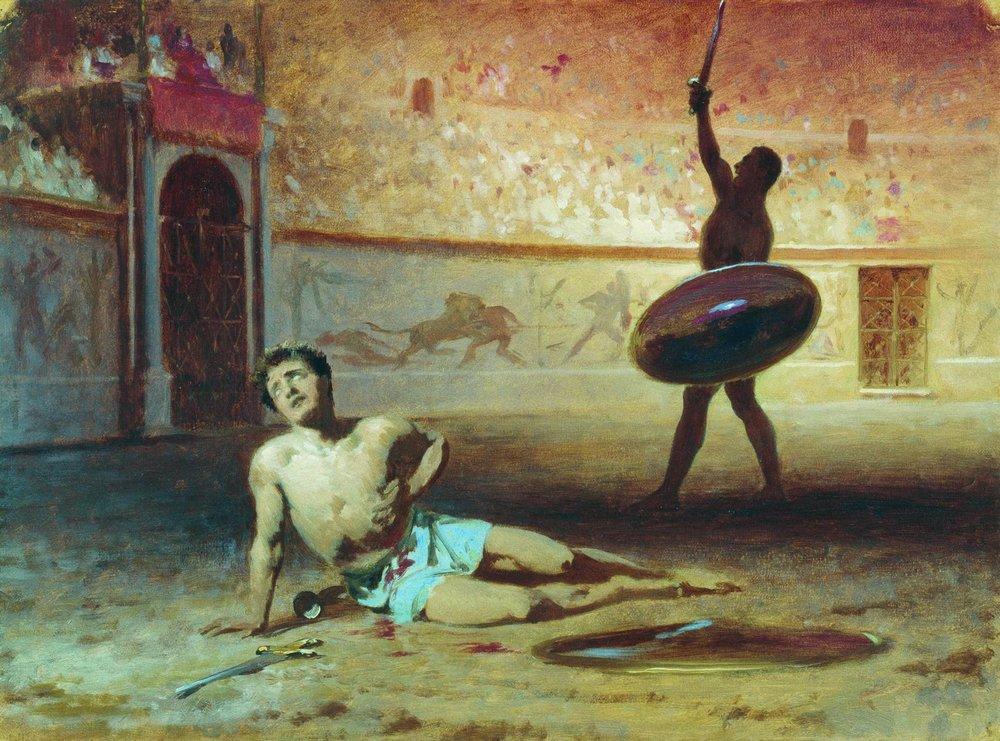
Myth : Gladiators fought to death
Fact: Since gladiators were expensive to house, feed and train, their promoters loathed to see them needlessly killed. Most fights were operated under fairly strict rules and regulations. And not at all like the bloody knock-down-drag-out depicted in Hollywood movies. Contests were usually between two men with similar size and experience, and referees were present to oversee the action.
2. Gladiator Games
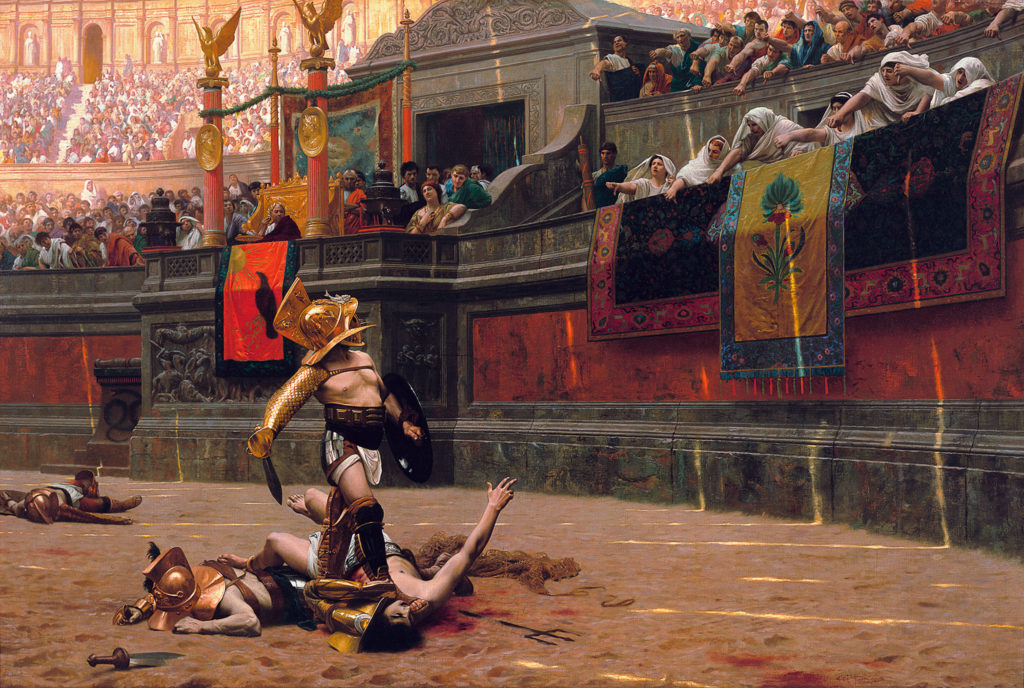
Myth : Gladiator games as a foreign import, most likely Etruscan.
Fact : The fights started as a blood rite staged at the funerals of wealthy nobles. The funeral games later increased in extent during the reign of Julius Caesar. He, who staged bouts between hundreds of gladiators in the honor of his deceased father and daughter. The spectacles proved hugely popular. By the end of the 1st century B.C., government officials began hosting state-funded games as a way of currying favor with the masses.
1. Slaves
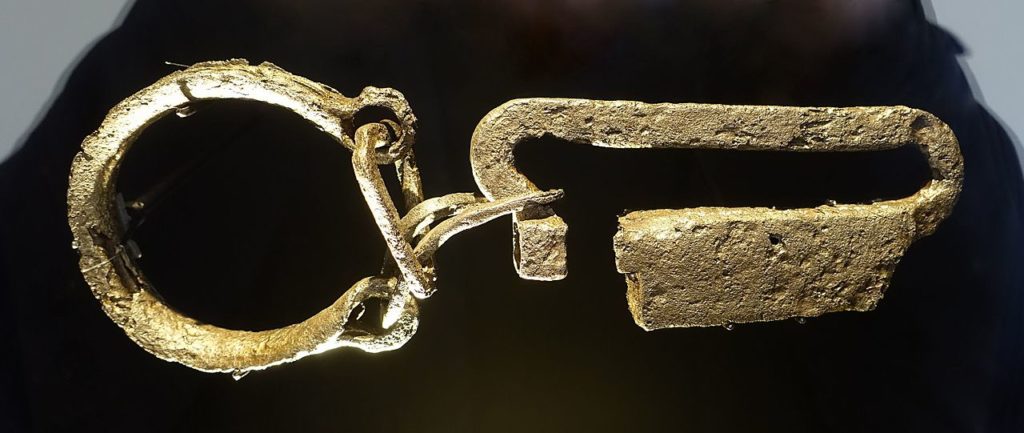
Myth : All the Gladiators were slaves
Fact : Gladiators most often came from a slave or criminal background. But sometimes, free men of high status chose a career as a ‘professional’ gladiator. The free men who dedicated themselves to a gladiatorial career entered into a condition of partial servitude to the lanista (owner of the troupe). While it didn’t compromise their freedom, it did limit their legal eligibility. Although most of them were desperate men in need of money, some were lured by the fame and fortune of a gladiatorial life. The allure of the gladiatorial profession led even some members of the equestrian and senatorial classes to give up their standing and enter the arena.
